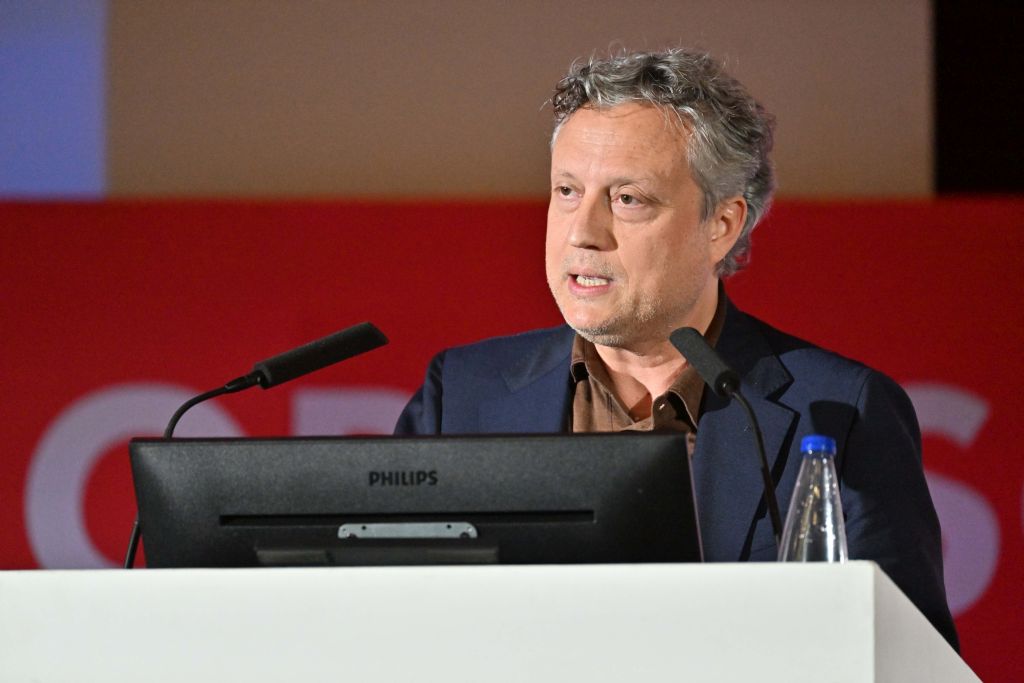ROME (ITALPRESS) – Despite the test case of new European rules, there was no feared collapse in clinical trials in 2023. But it is a mixed picture that emerges from the 21st National Report on Clinical Trials of Medicines, published by the Italian Medicines Agency (AIFA). The sector has suffered the backlash of the full implementation of European Regulation 536/2014, with the adoption of more complex organizational arrangements: there has been a retreat in the number of trials in almost all EU member states, but also signs of resilience. In particular, the progressive trend analysis shows that Italy has not lost ground, with 611 clinical trials authorized in 2023. “Overall, the data that emerged in the Report give us a picture of lights and shadows, from which a predictable initial difficulty in applying different and more complex organizational modalities is clear. However, Italy has managed to ensure that the system has held up well, although not uniformly for the various types of trials,” comments AIFA President Robert Nisticò (pictured). “In detail, the for-profit trial sector has benefited most from the administrative simplifications. Nonprofit research has shown a less solid hold, not only in Italy, but throughout the European Union; after all, it had already emerged during 2022 how nonprofit developers would suffer the greatest setbacks. Precisely to better manage these potential criticalities,” Nisticò continues, “during 2023, a series of initiatives designed for the nonprofit sector have been activated by the network of European Agencies, together with the European Commission and the EMA, also listening to the voice of stakeholders, patients first, in order to help make the European scenario more attractive. “We cannot be satisfied with the substantial stability of clinical trials in Italy. Shifting the focus from the numbers to the broader perspective of European and international competition, the picture that emerges from the Report shows ample room for improvement,” says AIFA’s Technical Scientific Director Pierluigi Russo. “The trend of phase I clinical trials is stable at 11-18%, with the number of trials in the last 10 years far lower than in Germany, France, UK and Spain. Conditions must be created for the potential of our research centers to come into contact with the industrial environment, scaling the paradigms of biomedical research up to the level of economic and social development. We can and must do more, to regain attractiveness and performance. The regulatory environment can contribute to this: in fact, in 2024 AIFA issued two guidelines dedicated to research and clinical trials. “In Italy, 2023 was the year of the long-awaited reform of ethics committees, which increased to 40 territorial and 3 national. In order to be initiated, a clinical trial must have obtained authorization from AIFA, which includes the favorable conclusions of the Ethics Committee.There were 764 clinical trials evaluated in 2023 in our country: of these, 80% were authorized (611), while only 4.6% received a denial. Of the 611 authorized trials, 524 (85.8%, was 88.7% in 2022) are international and 87 (14.2%, was 11.3% in 2022) national. Thus, there is a slight recovery of domestic trials (+2.9%) while remaining below the pre-pandemic level, when they were around 20%.Oncology still takes the lion’s share. The area of neoplasms (oncology and hemato-oncology) accounts for the largest number of trials authorized in 2023, reaching 34.7 percent of the total, down from 39.9 percent in 2022 (-5.2 percent). This is followed by clinical trials on diseases of the nervous system (11.1 percent), up 2.8 percentage points from the previous year; immune system (8.5 percent), cardiovascular (6.2 percent), and blood and lymphatic (6.1 percent), also up slightly. The decrease in viral disease studies continues in 2023, steadily declining since 2021. Next among the top ten therapeutic areas are diseases of the digestive system (4.1%) and neonatal diseases and abnormalities (3.9%), both of which have increased slightly.Closing the rankings are diseases of metabolism and nutrition (3.3%) and those of the musculoskeletal system (2.8%).Clinical trials in the field of rare diseases accounted for 30.6% of the total (187 out of 611), a 7% setback from 2022. However, international nonprofit trials grew from the one study in 2022 to 14 in 2023 (from 0.4 percent to 7.5 percent), while international for-profits remain above 80 percent.Overall, in the four-year period 2020-2023, 2,764 trials were authorized in Italy, with a clear predominance of for-profit sponsors. In 2023, 82.7 percent of approved clinical trials (505) were sponsored by pharmaceutical companies, compared with 17.3 percent (106) by hospitals, universities, Irccs, scientific associations, foundations, and Asl. This narrows the gap from 2022, when for-profit studies peaked at 85 percent, with nonprofit studies plummeting to an all-time low (15 percent). The share of for-profit trials remains predominant, but the 2023 data suggest a possible rebalancing between the two sectors, with a slight upswing in the contribution of the nonprofit, which is crucial – the report points out – to ensure greater diversification in clinical research objectives. Finally, 19 compassionate use programs were also initiated in 2023, of which four involved oncology indications.The report also reconstructs the trend of licensed clinical trials from 2000 to 2023. After the four-year period from 2006-2009, in which the number of authorizations steadily hovered above 750, peaking at 880 in 2008, the following decade remained around 600-700. The increasing adoption of “complex” trials, which merge two or more studies that in the past would have been submitted individually into a single trial, appears to have contributed, the Report explains, to the reduction in the overall number of studies submitted.The year 2021 represented an exceptional year, with 818 trials, returning to levels not seen in more than a decade. The figure reflects the industry’s eagerness to make up for the time lost to the pandemic. In the last two years, numbers have returned to the average, and in particular, 2023 marked a 7.8 percent decrease compared to 2022, a trend common to many EU states.This reduction seems to reflect precisely the impact of the new management model introduced by Regulation 536/2014, which required an inevitable period of adaptation.
– Photo: Photogram Agency -(ITALPRESS).

